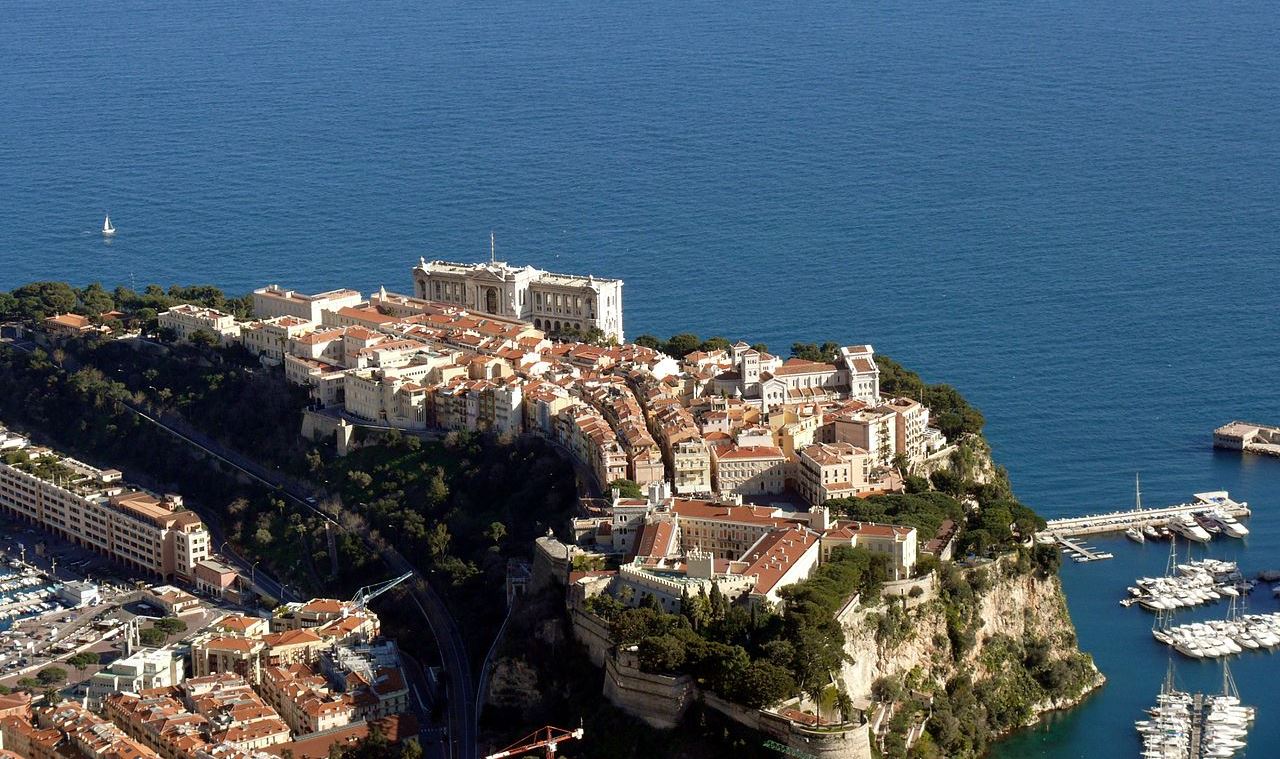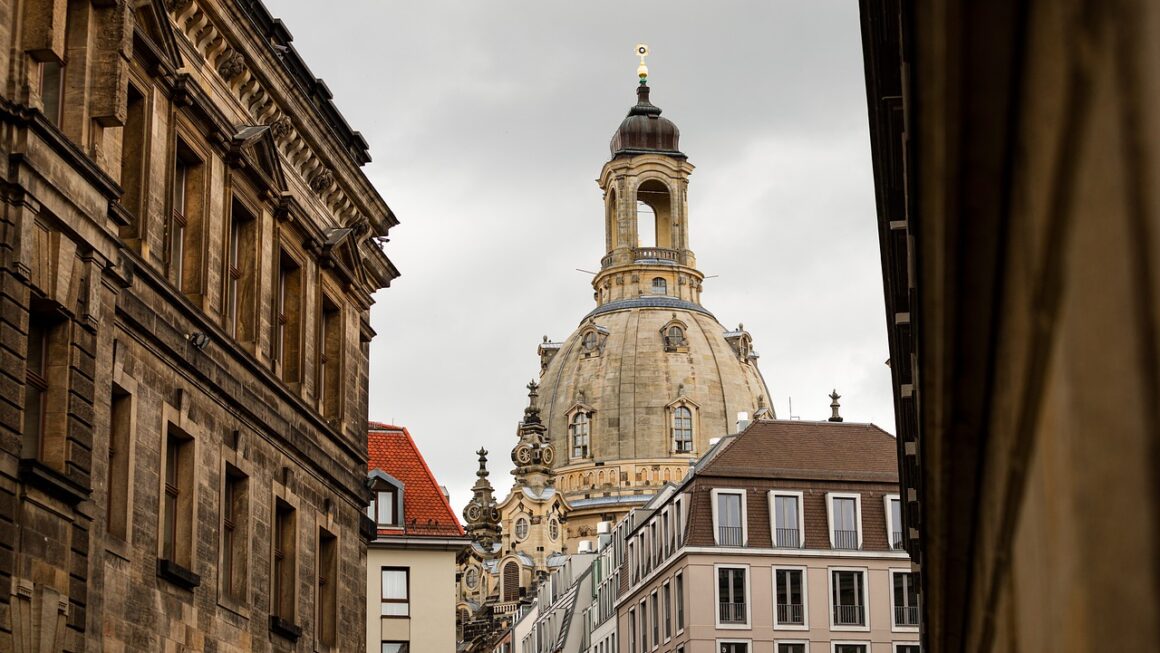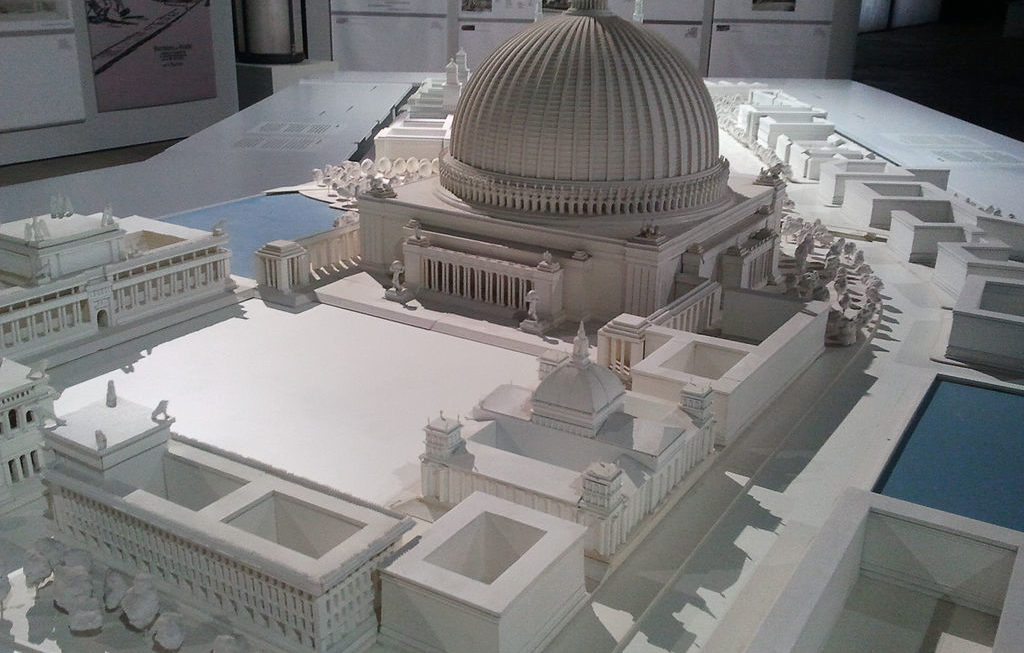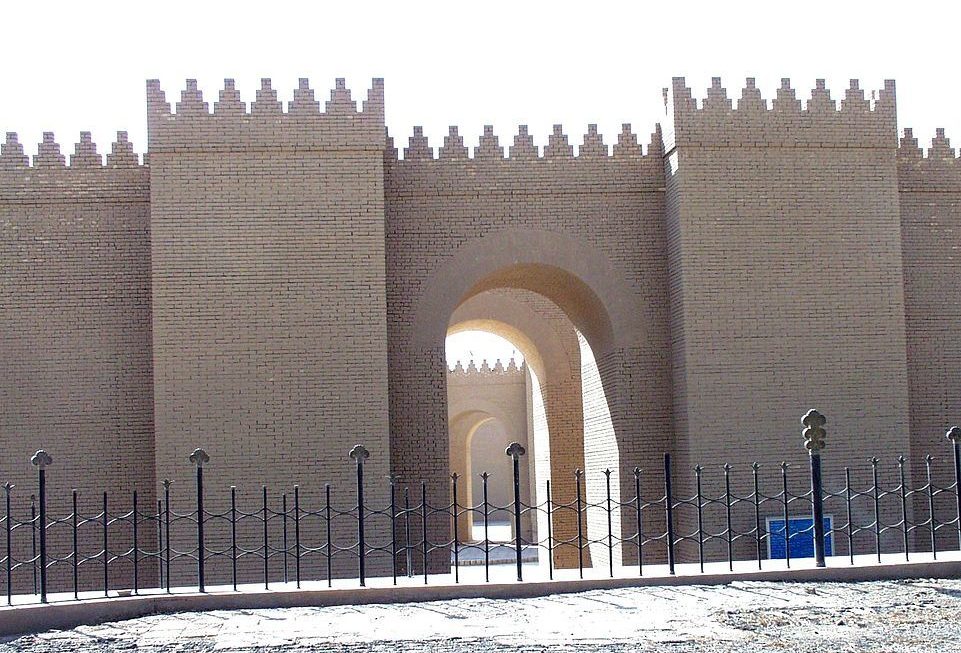Monte Carlo has always been a symbol of luxury, extravagance, and incredible architecture. It is the capital city of Monaco, a small country bordered by France on one side and the Meditteranean sea on the other. Lavish buildings and sandy beaches reflect the outlook of this microstate that has been the center of the European elite for centuries.
What makes Monte Carlo unique is that it is not only the capital of European gambling with high-end casinos lined up on its shores but also a bright example of architectural genius where you can see buildings designed in the grand Belle Époque era style, as well as new modernist structures.
The combination of the two seems to melt into a uniform architectural landscape worthy of extensive study and admiration of all visitors of this incredible city.
In the article, we will present the top 3 buildings and structures pivotal to the development and legacy of Monte Carlo’s architecture.
1. Opéra de Monte-Carlo
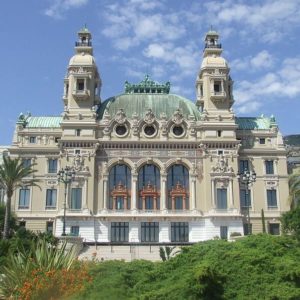
Opera de Monte-Carlo is one of the most iconic buildings in all of Monaco. It was designed by Charles Garnier who was the mastermind behind the Opéra Garnier in Paris. Opéra de Monte-Carlo is also known as Salle Garnier, as an homage to its creator. This music hall is a part of a Monte Carlo casino which is one of the essential venues in all of Monaco.
The façade of the building is meticulously decorated with much attention paid to the design of the cornices and balustrades. The Opera was opened in 1879, and its music-hall was big enough to house 524 seats reserved for the most significant concerts and performances by the leading opera singers and ballet dancers. Since then, the Opera hosted premier dancers such as Vaslav Nijinsky, Mikhail Baryshnikov, and Anna Pavlova, as well as the top opera singers like Luciano Pavarotti, Placido Domingo, and Feodor Chaliapin.
2. Oceanographic Museum
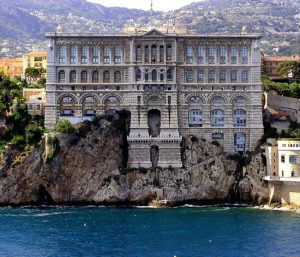
Situated on a cliff above the sea, the Oceanographic Museum is an architectural masterpiece of Monte Carlo. His elaborate façade and unique design have captivated the visitors who approach it from both land and sea. The building is an example of Baroque Revival Architecture which took 11 years to build with more than 100,000 tons of stone from La Turbie. It was inaugurated in 1910 by Prince Albert I who personally selected the research vessels to be inscribed into the frieze of the museum’s façade.
Today, the museum displays more than 6,000 specimens with more than 200 species of invertebrate from the Meditteranean sea and is world-famous for its expertise in marine life and its preservation efforts.
3. Monaco Railway Station
Another example of the timeless monument of an exemplary architecture of Monaco is Monte Carlo’s railway station. Built into a cliff, Gare de Monaco is a massive underground station with numerous platforms. It was inaugurated in 1867 and represented a combination of old ways of construction that use a lot of stone and concrete with modern installations and services that run even today.

